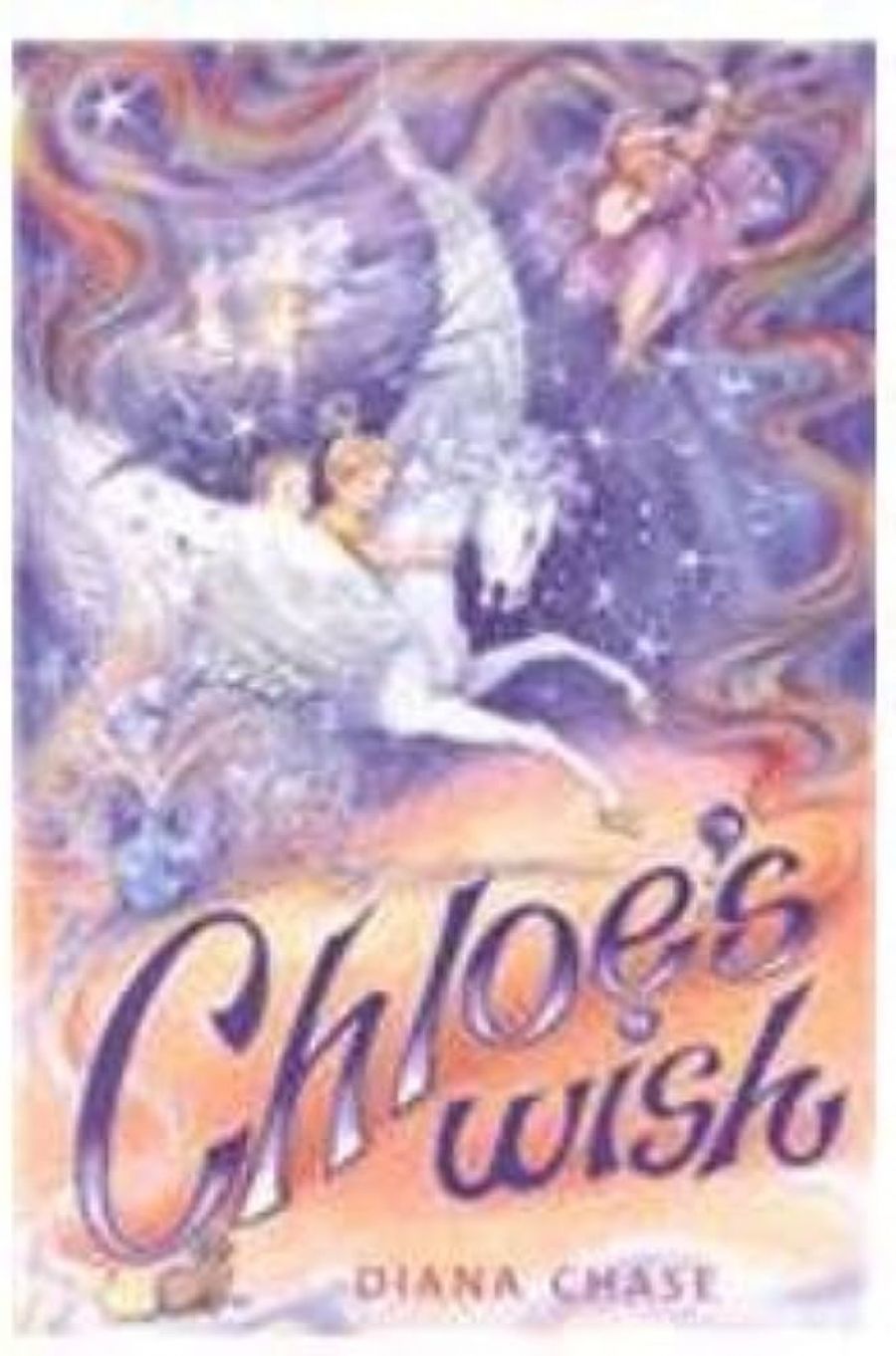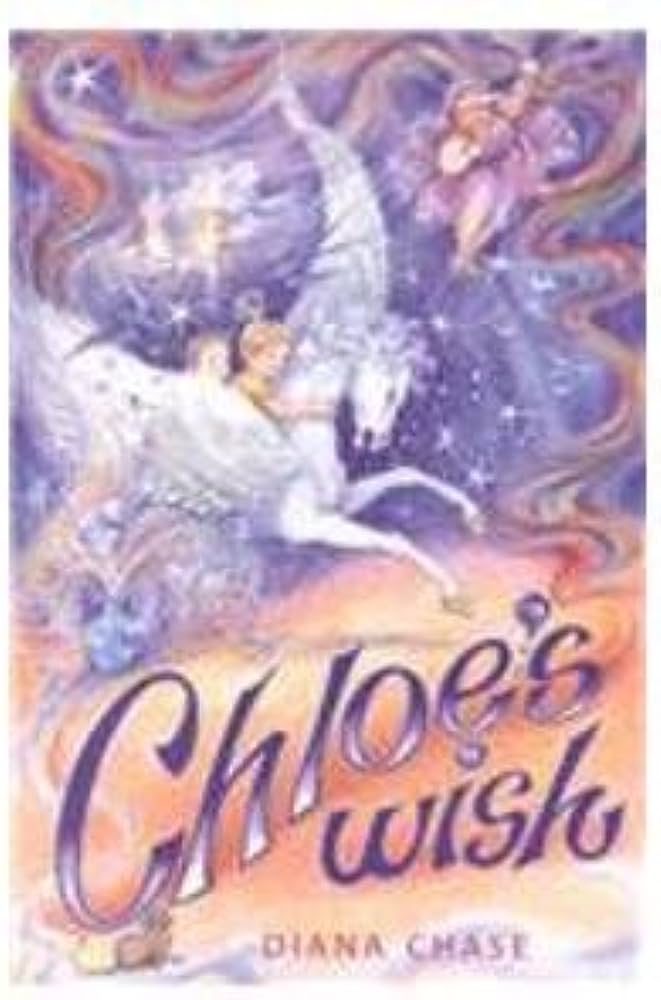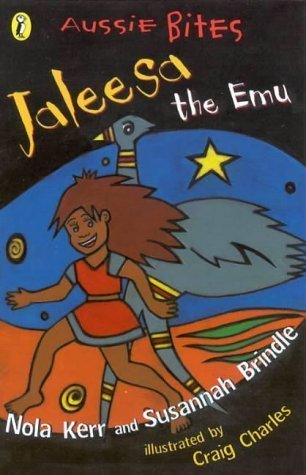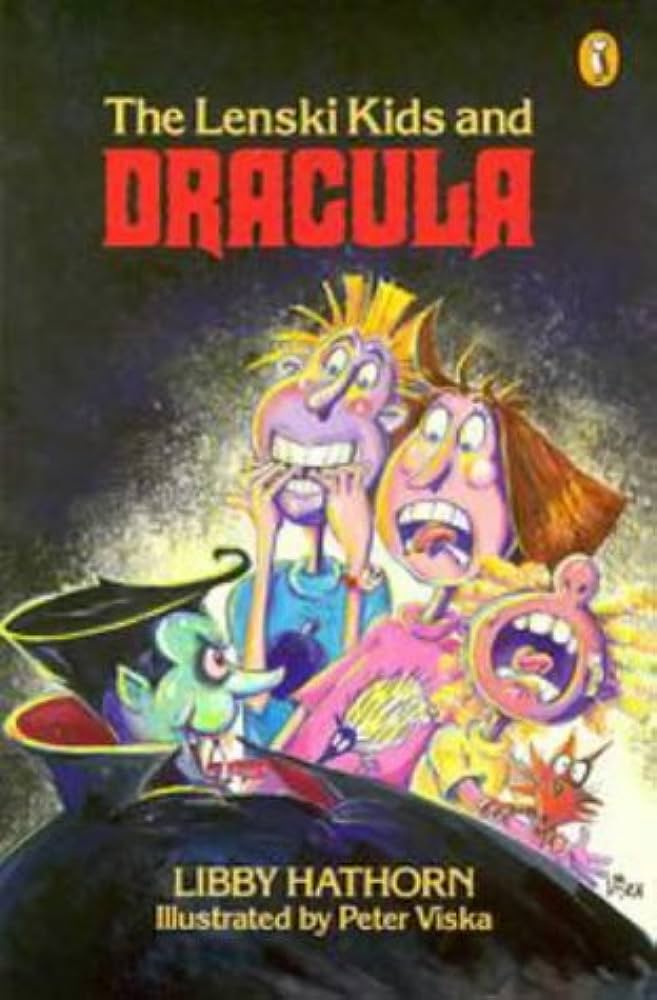
- Free Article: No
- Contents Category: Children's Fiction
- Review Article: Yes
- Article Title: Three Books for Young Readers
- Online Only: No
- Custom Highlight Text:
Lively and cheerful, these three books aimed at young readers are sure to persuade their potential audience that reading is fun, language can be powerful and magical, and life in books is more exciting than the lived version. What more enticing motivations to read can there be for those starting out?
- Book 1 Title: Chloe's Wish
- Book 1 Biblio: FACP, $12.95 pb, 94 pp
- Book 1 Cover Small (400 x 600):

- Book 1 Cover (800 x 1200):

- Book 2 Title: Jaleesa the Emu
- Book 2 Biblio: Puffin, 10.95 pb, 77 pp
- Book 2 Cover Small (400 x 600):

- Book 2 Cover (800 x 1200):

- Book 3 Title: The Lenski Kids and Dracula
- Book 3 Biblio: Puffin, $10.95 pb, 80 pp
- Book 3 Cover Small (400 x 600):

- Book 3 Cover (800 x 1200):

This is not a didactic book but one that brims with energy and laughs. Hathorn’s command of language allows the prose to run and shout, be overdramatic and carry the reader along with it. She piles words on words until we crave mercy almost as much as the Lenski kids at the hands of the terrifying Dracula. ‘There were bloodcurdling whoops and ear-piercing screams and elongated cries… there were kicks, punches, spits and scratches and arm-bending wrestles…’ Viska’s supporting cartoon illustrations choose moments in the story that allow him to wring all possible visual humor and horribleness from the text. The reader is in on the joke, but the Lenskis remain blissfully unaware that they have been hugely and embarrassingly conned, a powerful position for a young reader to be invited to assume.
In direct contrast to the black and red, fangs and screaming mouths on the cover of the Hathorn book, the jacket of Diana Chase’s Chloe’s Wish is enticingly pretty, making it abundantly dear that this book offers a very different reading experience. While it is about a young girl, Chloe, who believes in wishes in direct opposition to her realistic younger brother, Eli, it avoids being cloying or sentimental. Chloe’s faith in the supernatural is rewarded when her wish for a fairy godmother is magically granted. However, Gloria is only a grade-six godmother, grade one being top, which means her skills and repertoire are limited. She is assisted by her Banana Mac computer and the live mouse, 006, who is part of the software, connected by his elongated tail. He also acts as a monitor of Gloria’s progress for ‘Head Office’. Happily, Gloria does have the power to grant Chloe's most important wish, to fly, and Chloe and Eli are lucky enough to encounter Gloria when there is a special bonus offer of three test flights.
Chase’s well-controlled, dry humor uses the incongruity of present technological and business events and language intruding upon the world of magic and wish-fulfilment. There is also a subplot involving the brother and sister who better a rather painful, over-indulged cousin. The soaring descriptions of flying (knowing that you can be seen only by those under thirteen), the tension of the unpredictable magic dust, and the conspiracy to keep secrets from parents ensure that the author has aimed her story at the middle stump.
Nicknamed ‘Emu’, Jaleesa, in Jaleesa and the Emu, has hopes of becoming another Cathy Freeman or at least of winning her sprint event at the Annual Outback Athletic Championships in Mildura. To compete, Jaleesa travels with her Nan and cousin Narkita to the home of her great-grandmother Nanna Bette who lives on the outskirts of the town. Before she can compete, tragedy strikes when Jaleesa breaks her leg in a fall from a Bealiba tree and all hopes of winning the championship race are dashed. Forced to stay at home with the ancient Nanna Bette, she finds consolation in her great-grandmother’s sharing of her knowledge of a sacred place, discovering her connection with an ancient spirituality, and understanding that her nickname has greater significance than that of a mere label. Jaleesa’s disappointment and coming to terms with it would echo the experience of many young readers, but what adds an extra, appealing dimension to this small tale is the context of the special relationships provided by an Aboriginal family, a context further enriched by striking illustrations that mix traditional patterning with contemporary characterisations.
There is much skill involved in the construction of, and much pleasure to be had in the reading of, well-crafted stories for young people that are perceptive of their audience’s preoccupations and that accord them proper respect. These three short novels act as passports of pleasure for those at the beginning of their reading journey.

Comments powered by CComment